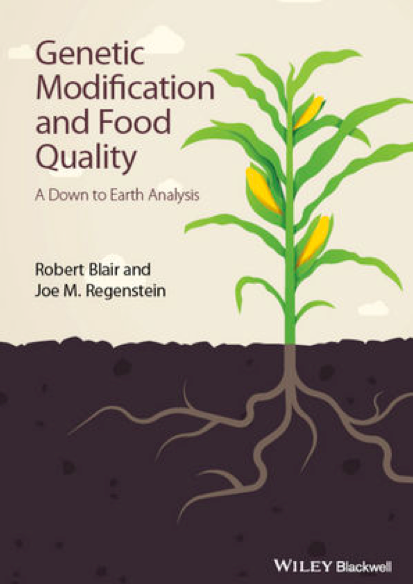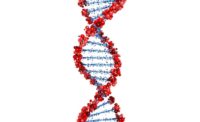In 2001, many thousands of people across Africa, including Zambia and Zimbabwe, died of hunger while genetically modified (GM) foods were available. Lives could have been saved, but anti-GM activists in Europe have told the world that consumption of GM foods is not safe and local governments in Africa believe this to be true. My feelings were and remain that many of these activists, particular the scientists among them, know there is no evidence of food safety incidents with GM foods, and many millions of people eat GM food every day. I hold such activists responsible for much of the starvation around the world, then and now.
Thus, when I learned about the book “Genetic Modification and Food Quality: A Down to Earth Analysis”, I not only wanted to know what was in it but was surprised because it addresses the issues surrounding GM foods in a sound scientific fashion. Discussing the arguments of proponents and opponents seriously, with a thorough examination of the evidence presented; the book is full of verifiable references. It is well written and easy to read, and not just by experts in the field. I am certain that proponents will like the book, but I hope that well-meaning opponents will also read it or at least those who sincerely intend to protect the peoples on earth from man-made dangers.
The book gives short but clear descriptions of processes involving genetically modified organisms (GMO), both those where the final product contains GMO and those where GMO are used to make products that are, ultimately, GMO-free.
As the authors state, the world's leading scientific organizations and regulatory authorities have come to the same conclusion after examining the evidence: approved GM foods and feeds are substantially equivalent to their non-GM counterparts in terms of safety and nutritional composition. For instance, the European Commission has funded 130 research projects involving 500 independent research groups over 25 years. They have concluded that, “there is, as of today, no scientific evidence associating GMO with higher risks for the environment or food and feed safety than conventional plants and organisms”.
The fact that some consumers still have concerns about the safety of GM foods can be explained by the persistence of negative stories about GMO in the popular media, any of which can be discredited. The book quotes a good example of how, by being better informed, attitude can change. At the 2013 Oxford Farming Conference, Mark Lynas said, "I apologise for having spent several years ripping up GM crops. I am also sorry that I assisted in demonising an important technological option, which can be used to benefit the environment.... So, I did some reading. And, I discovered one-by-one that my cherished beliefs about GM turned out to be little more than green urban myths".
It is perhaps fitting that the 2013 World Food Prize was awarded to a team of scientists who have made an outstanding contribution to the development of GM foods (Drs Marc Van Montagu [Belgium], Mary-Dell Chilton [USA] and Robert T. Fraley [USA]). According to the citation, "their research is making it possible for farmers to grow crops with: improved yields; resistance to insects and disease; and the ability to tolerate extreme variations in climate".
Highly recommended.
Huub Lelieveld is president of the Global Harmonization Initiative and past president of the European Federation of Food Science and Technology. He is also the founder of the EHEDG and a member of the Editorial Advisory Board of Food Safety Magazine.




